(Part 1) Picking the Right Potato for the Job

Okay, let's talk about potatoes. There are so many varieties, it can be overwhelming. But knowing which one to choose is half the battle when it comes to achieving that perfect dice. For instance, I wouldn't dream of using a floury potato for a salad, would I? You'd end up with a soggy mess! So, let's break it down.
flour potatoes - Your Best Friend for Crispy Delights
These guys are the champions of crispiness. They're high in starch, which means they'll break down when cooked, resulting in a fluffy, almost melt-in-your-mouth texture. This makes them perfect for roasting, frying, and even baking. My personal favourites for this type include maris piper, king edward, and Desiree. They hold their shape well during roasting, but their starch content means they'll crisp up beautifully. For frying, their high starch content helps them absorb the oil and get that fantastically crunchy exterior.
waxy potatoes - The Champions of Texture and Holding Their Shape
Waxy potatoes, on the other hand, are low in starch and hold their shape beautifully. They're the perfect choice for salads, stews, and boiled potatoes because they won't fall apart. My go-to waxy potatoes are Charlotte, Anya, and New Potatoes. They retain their firmness even after cooking, making them ideal for dishes where you want to maintain the potato's shape, like potato salad or a hearty stew. They're also excellent for boiling as they don't tend to break down too much.
all-purpose potatoes - The Versatile Champs
Now, for those who want it all, there are all-purpose potatoes. They're kind of like the Swiss Army knife of the potato world. These can be used in a wide range of dishes. They're not as fluffy as floury potatoes but not as firm as waxy potatoes. I always have some Nicola or Maris Bride on hand, just in case. They're a good choice for dishes like gratins, where you want a balance of texture and flavour.
(Part 2) The Art of the Dice: Getting It Right Every Time

Alright, you've chosen your potatoes, now it's time to get those knives sharp and learn the art of the perfect dice. This is where practice makes perfect, so don't worry if your first few tries aren't picture-perfect. Just remember, a good knife is your best friend. I use my trusty chef's knife for most jobs, but you can always use a paring knife for finer work. A sharp knife will make all the difference - you'll get cleaner cuts and avoid any bruising of the potato.
Step 1: Prep Those Potatoes!
First things first, wash your potatoes and give them a good scrub. You don't want any dirt or grit hiding in there. Now, depending on the recipe, you might want to peel them or leave the skin on. For a roasted potato salad, I always leave the skin on, it adds a lovely earthy flavour. But for something like a creamy mashed potato, peeling is the way to go. If you're leaving the skin on, make sure to scrub them well to remove any dirt or debris.
Step 2: Cut into Quarters or Halves
Next, you want to cut the potatoes into quarters or halves, depending on their size. This will make the dicing process easier. Now, here's where things get interesting.
Step 3: The Art of the Dice
Hold the potato firmly and make your first cut straight across, creating a slice. Then, make your next cut perpendicular to the first, creating a grid pattern. Now, here's the key – keep your cuts even and steady. Once you have your grid, carefully cut through the potato along each line, creating those perfect little cubes. For a truly even dice, try using a mandoline, especially for larger potatoes. Just be careful with the blades!
Step 4: Consistency is Key
Aim for cubes that are all roughly the same size. This will ensure even cooking and a beautiful, uniform dish. I know, it can be a bit tedious, but trust me, it's worth it! The consistent size ensures that all the potato cubes cook at the same rate, preventing some from being overcooked while others are still raw. This makes for a much more enjoyable final dish.
(Part 3) Diced Potato Cooking Techniques: A culinary adventure

You've got your perfect potato dice, now it's time to unleash your culinary creativity! Let's explore some of the most popular ways to cook those little cubes, from golden-brown fries to creamy potato gratins.
Roasting: The King of Crispness
Oh, roasted potatoes! I simply adore them! The crispy edges, the fluffy insides, the aroma that fills the kitchen, it's pure magic. To roast them, toss your diced potatoes with olive oil, salt, pepper, and your favourite herbs. Spread them out on a baking sheet and bake in a preheated oven until golden brown and tender. You can even add some garlic, rosemary, or paprika for extra flavour. Roasting is a wonderful way to bring out the natural sweetness of the potato, and the crispy edges are simply irresistible.
Boiling: Simple Yet So Versatile
Boiling is a classic method, ideal for potato salads, stews, and soups. Just add your diced potatoes to a pot of boiling water, and cook until tender. The beauty of boiling is that it's a great foundation for other dishes. For instance, you can then mash the boiled potatoes for a creamy potato side dish, or use them in a delicious potato soup. Boiling is also a great way to soften potatoes for other recipes, like mashed potatoes or potato croquettes.
Frying: Crispy Perfection at Its Best
Ah, fried potatoes, a culinary delight! Whether you're making hash browns, french fries, or just a simple side of fried potatoes, this method is all about achieving that perfect crispy exterior. First, dry the diced potatoes thoroughly, then heat some oil in a frying pan over medium heat. Carefully add the potatoes and fry until golden brown and crispy, turning them occasionally. Season with salt and pepper, and enjoy! For perfectly crispy fries, be sure to double-fry them. This means frying them once at a lower temperature to cook them through, then frying them again at a higher temperature to get that crispy exterior.
Baking: Tender and Creamy
Baking is a great way to create a tender and creamy potato dish, like a potato gratin. Layer your diced potatoes with cheese, cream, and herbs in a baking dish, then bake until golden brown and bubbly. The result is a comforting and delicious side dish, or even a light and satisfying main course. Baking is perfect for dishes where you want a soft and creamy texture, like a gratin or a potato casserole.
Sautéing: Quick and Flavorful
Sautéing is a quick and easy way to cook diced potatoes, adding them to soups, stews, or even just as a simple side dish. Heat some butter or oil in a pan over medium heat, then add your diced potatoes. Sauté until golden brown and tender, adding any desired spices or herbs. It's so versatile and can easily be incorporated into various dishes. Sautéing is great for adding a bit of colour and flavour to your potatoes, and it's a quick and easy way to cook them if you're short on time.
(Part 4) Mastering the Art of Seasoning
Now, let's talk about the flavour! Seasoning is key to elevating your diced potato dishes from ordinary to extraordinary. Salt and pepper are the basics, but don't be afraid to get creative.
Essential Spice Rack: Your Potato Allies
My go-to spices for potatoes include:
- Paprika: A touch of paprika adds a subtle sweetness and smokiness, perfect for roasted potatoes or potato salads. It also adds a beautiful colour to your dishes.
- Rosemary: Rosemary pairs perfectly with roasted potatoes, adding a herby aroma that's simply irresistible. The combination of rosemary and potatoes is truly classic, adding a touch of Mediterranean flavour.
- Thyme: Thyme's earthy flavour complements potatoes beautifully, especially in soups and stews. It adds a depth of flavour that's perfect for hearty dishes.
- Garlic Powder: A touch of garlic powder adds depth and flavour, especially when paired with rosemary or thyme. Garlic powder adds a savory element that complements the potato's natural sweetness.
- Onion Powder: A pinch of onion powder adds complexity and brings out the potato's natural sweetness. Onion powder adds a subtle but noticeable depth of flavour that elevates simple potato dishes.
Herbs: Fresh and Aromatic
Fresh herbs add a burst of flavour that can't be replicated by dried herbs. I always try to use fresh herbs when possible.
- Parsley: Parsley adds a bright and fresh flavour to potato salads and soups. It's a classic herb pairing that adds a touch of freshness and vibrancy.
- Dill: Dill has a delicate flavour that complements potato salads and stews. Its delicate flavour pairs well with the earthy notes of potatoes, and it's particularly delicious in potato salads with a creamy dressing.
- Chives: Chives add a subtle onion flavour that's perfect for potato salads and soups. Their oniony flavour adds a bit of zing and complexity to your potato dishes.
Don't Forget the Salt and Pepper!
Salt and pepper are essential for bringing out the natural flavour of potatoes. Don't be shy, season generously! Remember, you can always add more, but you can't take it away. Salt helps to enhance the natural sweetness of the potato, while pepper adds a bit of spice and warmth.
(Part 5) Diced potato recipes: A culinary journey
Now, let's get our hands dirty with some delicious diced potato recipes! These are just a few of my favourites that I always turn to when I'm looking for something comforting and satisfying.
Classic Roasted Potatoes
This is a true classic, perfect for any occasion.
- Preheat your oven to 200°C (400°F).
- Wash and scrub 1kg potatoes, leaving the skin on.
- Cut the potatoes into 2cm (3/4 inch) cubes.
- Toss the potatoes with 2 tablespoons of olive oil, 1 teaspoon of salt, and 1/2 teaspoon of black pepper.
- Spread the potatoes in a single layer on a baking sheet.
- Roast for 20-25 minutes, or until golden brown and tender, turning them halfway through.
- For an extra burst of flavour, add a sprig of rosemary or a few cloves of garlic to the baking sheet during the roasting process.
Creamy Potato Salad
This is a creamy and delicious potato salad that's always a crowd-pleaser.
- Boil 1kg potatoes until tender. Drain and let them cool slightly.
- Dice the potatoes into 1cm (1/2 inch) cubes.
- In a large bowl, combine the diced potatoes, 1/2 cup of mayonnaise, 1/4 cup of sour cream, 1 tablespoon of chopped dill, 1 tablespoon of chopped chives, and salt and pepper to taste.
- Mix gently to combine. Chill for at least 30 minutes before serving.
- For a more tangy potato salad, add a tablespoon of Dijon mustard to the dressing.
Potato and Leek Soup
This is a comforting and hearty soup that's perfect for a cold day.
- Melt 1 tablespoon of butter in a large pot over medium heat.
- Add 1 chopped leek and sauté until softened, about 5 minutes.
- Add 1kg diced potatoes, 1 liter of vegetable broth, 1/2 teaspoon of salt, and 1/4 teaspoon of black pepper.
- Bring to a boil, then reduce heat and simmer until the potatoes are tender, about 20 minutes.
- Use an immersion blender or a regular blender to blend the soup until smooth.
- Serve hot, garnished with chopped chives or parsley.
- For a richer flavour, add a tablespoon of cream or milk to the soup before serving.
(Part 6) Diced Potato Variations: Beyond the Basics
Okay, let's get creative! We've covered the fundamentals, now let's explore some fun and exciting variations to take your diced potato game to the next level.
Potato Hash: A Brunch Delight
Potato hash is a fantastic way to use up leftover potatoes, and it's a brilliant brunch staple. You can add almost anything to your hash, such as chopped onions, peppers, bacon, chorizo, or even some leftover roast chicken.
Potato Croquettes: Crispy and Delicious
These little morsels of potato goodness are always a crowd-pleaser. Simply mash boiled potatoes with butter, milk, and spices, shape them into croquettes, bread them, and then fry them until golden brown.
potato pancakes: A Taste of Tradition
Potato pancakes, or latkes, are a classic Jewish dish that's easy to make and utterly delicious. Grate raw potatoes and onions, mix them with flour and eggs, then fry them in a pan until golden brown and crispy. Serve them with applesauce or sour cream.
Potato Skins: Loaded with Flavor
Potato skins are the perfect game-day snack. Bake potato skins until crisp, then load them up with your favourite toppings, such as cheese, sour cream, bacon, chili, or salsa.
Potato Wedges: A Crispy and Flavorful Side Dish
Potato wedges are a delicious and satisfying alternative to French fries. Cut potatoes into wedges, toss them with olive oil, salt, pepper, and any desired spices, then bake or fry until golden brown and tender.
(Part 7) Diced Potatoes: Beyond the Kitchen
Alright, so we've been focusing on diced potatoes in the kitchen, but they're incredibly versatile. Let's explore some surprising ways you can use diced potatoes beyond the realm of cooking.
Compost: A Nutrient Boost for Your Garden
Diced potatoes can be a great addition to your compost bin! They add valuable nutrients and help to break down other organic matter. Just make sure to chop them into small pieces and bury them deep in your compost pile to avoid attracting pests.
Animal Feed: A Healthy Treat for Your Furry Friends
Did you know that potatoes are safe for most animals to eat in moderation? You can add diced potatoes to your dog or cat's food for a nutritious and tasty treat. Always consult your vet to ensure it's appropriate for your pet.
Gardening: A Natural Fertilizer
Potato peels are a great natural fertilizer! You can bury them around your plants to help improve the soil's fertility. The peels contain nitrogen, potassium, and phosphorus, which are essential nutrients for healthy plant growth.
(Part 8) FAQs
Okay, I'm sure you have some questions about diced potatoes. Let's clear up some common concerns.
1. What if my diced potatoes are too big?
Don't worry, it happens! You can always cut them into smaller pieces. Just make sure they're roughly the same size for even cooking.
2. How can I prevent my diced potatoes from sticking to the pan?
To prevent sticking, make sure your pan is well-heated and that you're using enough oil. You can also add a pinch of salt to the pan before adding the potatoes. The salt will help to absorb moisture and prevent the potatoes from sticking.
3. Can I use leftover diced potatoes in a new recipe?
Absolutely! You can use leftover diced potatoes in a variety of recipes, such as potato soup, potato hash, or potato salad. Just be sure to reheat them thoroughly before using them.
4. Are potatoes good for you?
Potatoes are a nutritious and versatile food! They're a good source of fiber, potassium, vitamin C, and vitamin B6. Just choose a variety that fits your cooking needs and enjoy!
5. How do I know when my diced potatoes are cooked?
It depends on the cooking method! For boiled potatoes, they should be tender when pierced with a fork. For roasted potatoes, they should be golden brown and crispy. For fried potatoes, they should be golden brown and crispy on the outside and tender on the inside.
(Part 9) Final Thoughts
Well, there you have it! A complete guide to diced potatoes, from picking the right variety to mastering different cooking techniques and adding flavourful twists. Remember, don't be afraid to experiment and find what works best for you. Happy dicing!
Everyone is watching
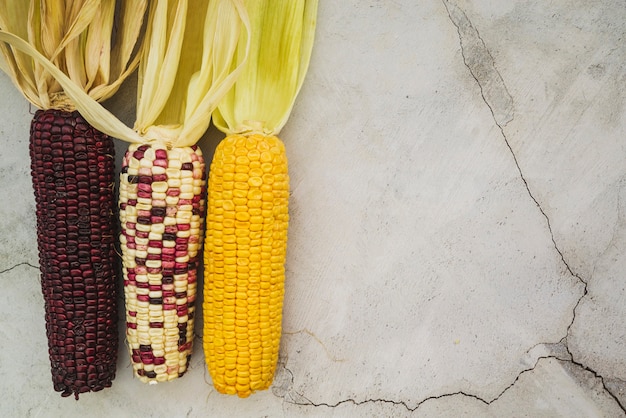
Corn on the Cob: The Ultimate Guide to Perfectly Cooked Ears
Healthy MealsAh, corn on the cob. Just the name evokes images of sunny days, barbecues, and that sweet, juicy flavour that ...
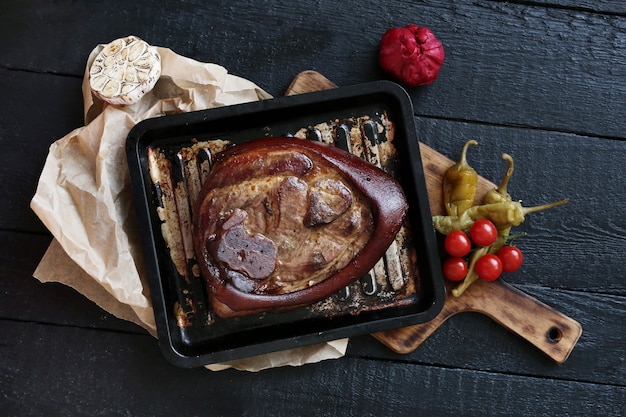
Perfect Pork Roast Oven Cooking Time: A Guide to Delicious Results
Healthy MealsThere's something truly satisfying about a perfectly roasted pork. The aroma alone is enough to make your mout...
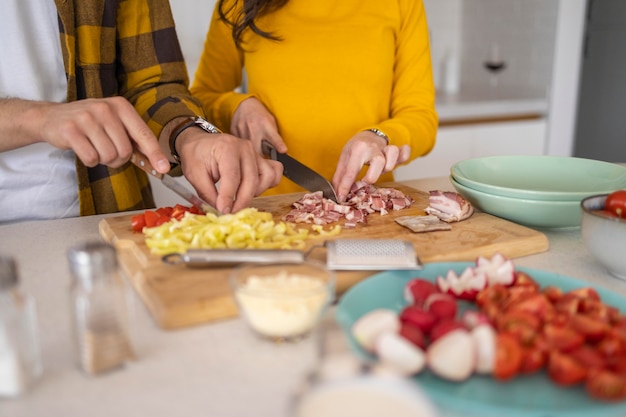
Ham Cooking Time: How Long to Bake, Smoke, or Boil a Delicious Ham
Healthy MealsAh, ham. It's a classic, isn't it? A real crowd-pleaser, especially around holidays. And when done right, it'...
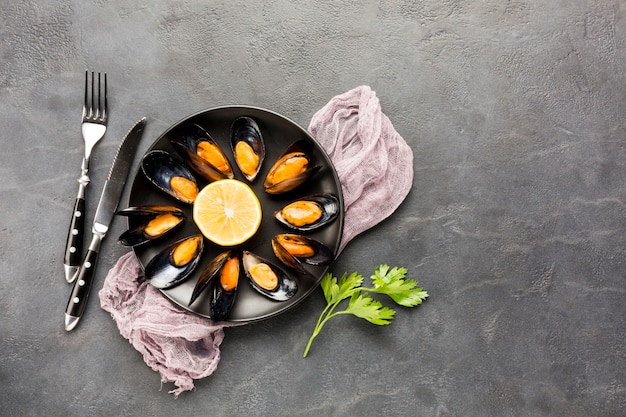
Scallops: The Ultimate Guide to Perfect Cooking
Healthy MealsAh, scallops. Those delicate, sweet, and utterly delicious morsels of the sea. They hold a special place in my...
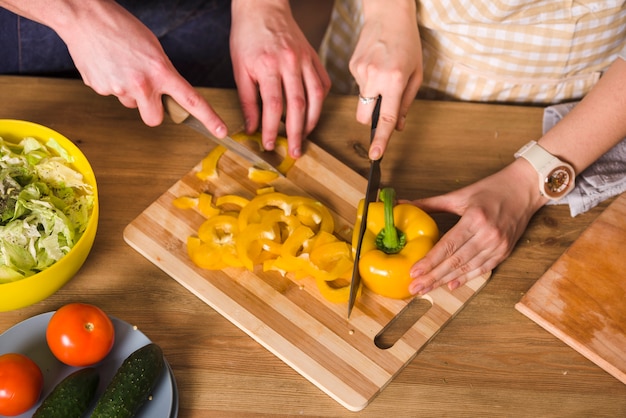
Spaghetti Squash: The Ultimate Guide to Cooking and Serving
Healthy MealsRemember that time you saw spaghetti squash at the supermarket, looking all bumpy and strange, and thought, "W...
